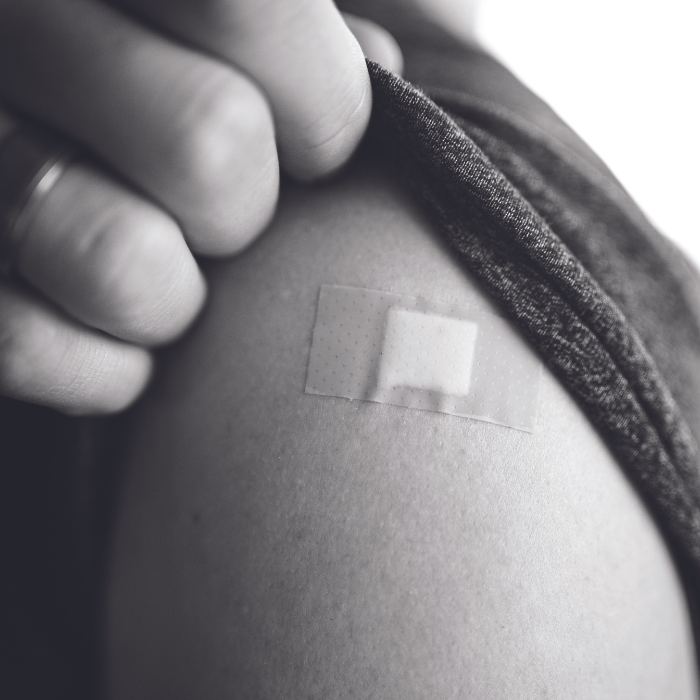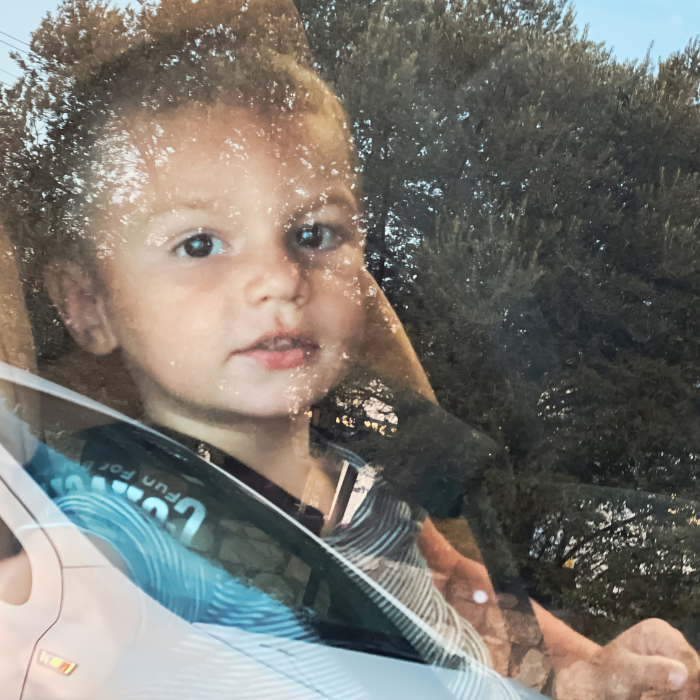Thanks to a nationwide newborn hearing screening programme being implemented across the country, any hearing difficulties your newborn has will be picked up at birth, rather than waiting for months or even years before being discovered.
Case Study
Now 3-years-old, Nikita was one of the earliest group of children tested, and diagnosed, as profoundly deaf under the newborn hearing screening programme. This came within weeks of being born at Waikato Hospital. Nikita then received a cochlear implant at the age of 8 months. Her mum, Kelly, brings her to The Hearing House in Auckland each week for Auditory-Verbal Therapy.
Kelly says she has never been deterred by the need to constantly talk to her daughter and encourage her to talk in a bid to close the gap in Nikita’s language acquisition. And their hard work is paying off. “People are pretty dumbfounded that she is a deaf child, yet she speaks so clearly.” Nikita’s interest in language and talking are a significant example of the value of newborn hearing screening. It is also important to have a cochlear implant fitted early, for parents who want their deaf child to listen and speak.
Are newborn hearing screenings going to become regular?
Nikita is one of a new group of children to have benefitted from newborn hearing screening. This will be rolled out across the country’s district health boards over the next few years.
What do newborn hearing screenings involve?
Newborn screening involves a non-invasive “click” test which can measure whether a child’s ears are responding to sound. It is used to give an early indication of whether a baby has any hearing loss.
What are the benefits of early testing?
That early diagnosis and intervention means that often children can have age-appropriate language by the time they are 18 months. This is much earlier than previous years, when children were diagnosed with a hearing loss at an average age of 35-months. A cochlear implant or hearing aids are the first step in a deaf or hearing-impaired child being able to listen and communicate.
What is a cochlear implant?
The main difference for using a cochlear implant is the level (or severity) of deafness. Children who are severely or profoundly deaf are the ones who benefit from a cochlear implant as it allows them to access sound for the first time. Children with a mild or moderate hearing loss benefit from hearing aids which amplify the sounds they already hear.
How can auditory-verbal therapy help my child?
The second, more time-consuming, step is auditory-verbal therapy which teaches children to speak clearly and naturally like their hearing peers. The Hearing House provides Auditory-Verbal Therapy to enable these children to catch up. This therapy accelerates the way a child would usually develop language and encourages the child to speak through listening, as hearing people do. Parents are taught ways to help accelerate their child’s language development. Children who wear hearing aids also benefit from this intensive therapy in the same way.
Mary Jane is Fundraising and Communications Manager for The Hearing House, a registered charity, responsible for helping hundreds of deaf children learn how to listen and talk. For more information, phone 09 579 2333 or email maryjane@hearinghouse.co.nz.
More On Health From Tots to Teens:








